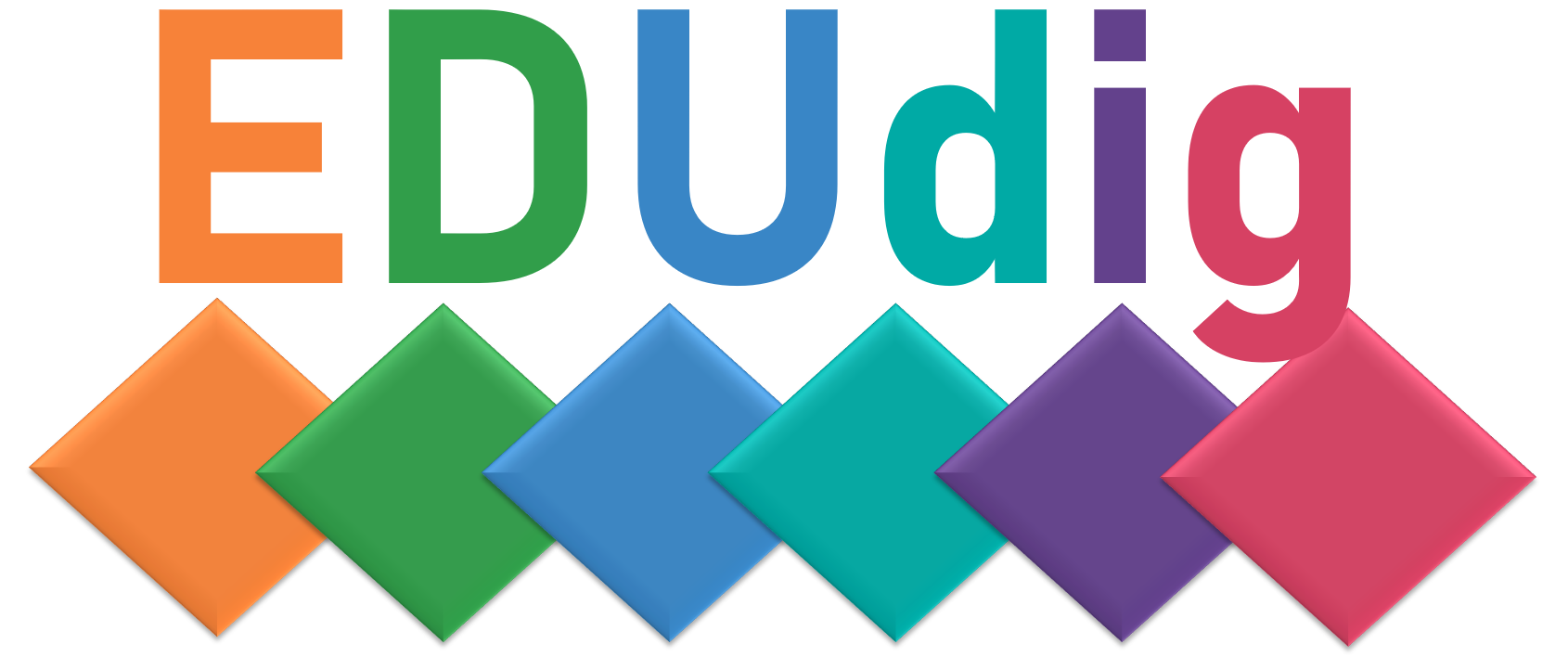Learning indicators must be designed based on the intended learning outcomes and focus on the learners’ accomplishments; in addition, there are learning indicators which focus on the learning process and its preconditions. Each learning indicator should be grounded in specific, observable, and measurable progress made towards achieving an intended learning outcome or realising an intended learning process.
In general, learning indicators should be considered which relate to learning outcomes with respect to intended action competences for the present and the future, the core education (“Bildung”) goals. These competences can be differentiated into personality competences consisting of social and self-competences as well as subject competences and methodological competences; presently, all these competencies are affected by digital transformation. Among these learning indicators are those, for example, that have a direct impact on the learners’ learning (e.g., integrative and applied learning; problem-solving; information and digital literacy; self-directed learning; reflection/ critical thinking) or their development as citizens (e.g., civic engagement; intercultural knowledge and competence; conflict coping; ethical behaviour).
- Competencies: descriptions, indicators and examples
- Criteria and indicators (Politecnico di Milano)
- American Association of Colleges and Universities] (2022): 16 value rubrics. Washington, DC: AAC & U.
- Leiber, T. (2022) The (Future) University as a Strategic Open Republic: Required Quality Literacies in Strategy, Management, Practice and Culture. In: S. Harris-Huemmert, P. Pohlenz & L. Mitterauer (Eds.) (2022) Hochschulen neu denken! Herausforderungen, Risiken und Chancen. Münster: Waxmann, pp. 15-47.
